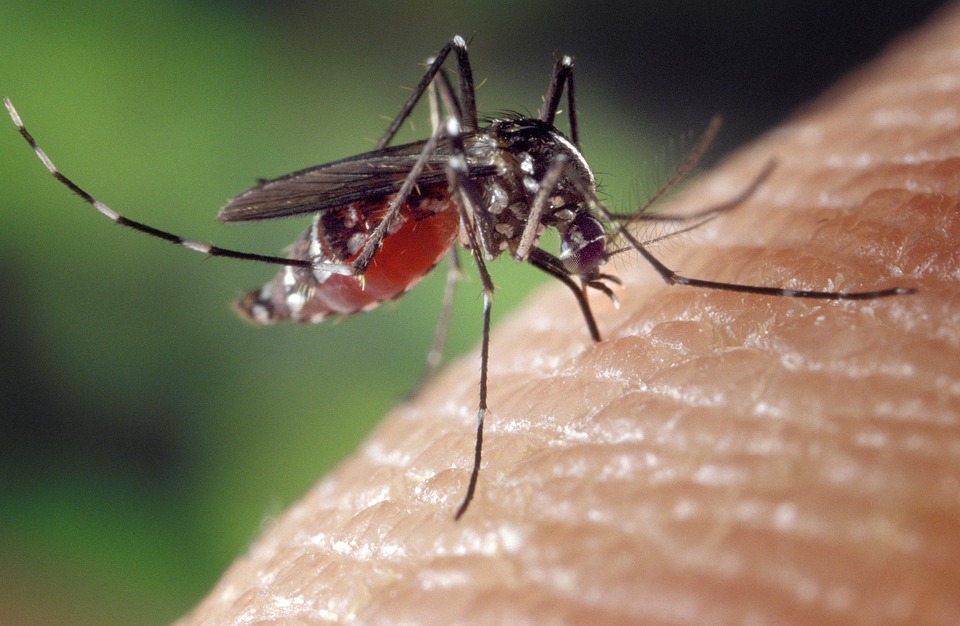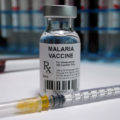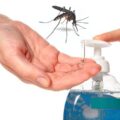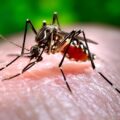What is Vector Control?
Vector control refers to the management of disease-carrying vectors, such as mosquitoes, ticks, and flies, in order to reduce their populations and prevent the spread of diseases they transmit.
Vector control is an important public health strategy, as vector-borne diseases can have serious health consequences and can even be fatal in some cases. Examples of vector-borne diseases include malaria, dengue fever, Zika virus, and Lyme disease. Effective vector control measures can help to reduce the incidence of these diseases and improve public health.
History
The history of vector control can be traced back to ancient times when people recognized that certain animals, such as rats and mosquitoes, were associated with the spread of disease. In ancient Egypt, for example, mosquito nets were used to protect people from mosquito bites and the spread of malaria.
The modern era of vector control began in the late 19th century with the discovery that mosquitoes transmit malaria. In the early 20th century, the use of insecticides such as DDT (dichlorodiphenyltrichloroethane) became a common method of controlling mosquitoes and other disease vectors.
In the mid-20th century, vector control programs were implemented on a large scale, particularly in developing countries where vector-borne diseases such as malaria were prevalent. These programs involved the use of insecticides, the elimination of breeding sites, and the development of vaccines and other preventive measures.
In the latter part of the 20th century, concerns were raised about the environmental and health impacts of the widespread use of insecticides, particularly DDT. This led to the development of alternative vector control methods, such as the use of biological controls and the development of new insecticides with lower environmental impacts.
Today, vector control remains an important public health strategy, with ongoing efforts to develop new and more effective methods of controlling disease vectors while minimizing their impact on the environment and human health.
10 Effective Vector Control Methods
Here are 10 effective vector control methods:
- Insecticide-treated bed nets: These are effective in preventing mosquito bites while sleeping and can reduce the incidence of malaria and other mosquito-borne diseases. The insecticides used in bed nets are safe for humans but toxic to mosquitoes.
- Indoor residual spraying: This involves spraying insecticides on the walls and ceilings of houses, where mosquitoes rest during the day. The insecticides used in this method are effective for several weeks and can kill mosquitoes on contact.
- Larviciding: This involves the use of insecticides to kill mosquito larvae before they develop into adults. This method is effective in controlling the mosquito population in bodies of water, such as ponds or stagnant pools.
- Environmental management: This involves eliminating standing water and other potential mosquito breeding sites, such as old tires, flower pots, and gutters. By removing these breeding sites, the mosquito population can be significantly reduced.
- Use of mosquito repellents: These can be applied to the skin or clothing to repel mosquitoes and prevent bites. Repellents containing DEET, picaridin, or oil of lemon eucalyptus are most effective.
- Genetic control: This involves the release of genetically modified mosquitoes that carry genes that inhibit their ability to transmit diseases. This method has been successfully used to reduce the mosquito population in certain areas.
- Biological control: This involves the use of natural predators or parasites to control the population of disease-carrying vectors. For example, the use of Bacillus thuringiensis israelensis (Bti) bacteria to control mosquito larvae has been effective in reducing the mosquito population.
- Integrated vector management: This involves the use of multiple methods of vector control, such as environmental management, insecticide use, and biological control, to achieve the most effective results. This method is often used in large-scale vector control programs.
- Personal protective measures: This includes the use of protective clothing and gear, such as long-sleeved shirts and pants, to reduce the risk of exposure to vectors. This method is particularly effective for individuals who work or live in areas with high mosquito populations.
- Vaccines: Vaccines can be developed to protect against specific vector-borne diseases, such as the yellow fever vaccine or the malaria vaccine under development. Vaccines are an important tool in preventing the spread of vector-borne diseases, particularly in areas where vectors are endemic.
Why Some Vector Control Methods Fail
There are several reasons why some vector control methods fail. Here are a few possible reasons:
- Inadequate coverage: Vector control methods may fail if they do not reach a sufficient number of people or areas where the vectors are present. For example, if insecticide-treated bed nets are not distributed to all households in an area with a high malaria prevalence, then the incidence of malaria may not be reduced.
- Resistance: Vectors can develop resistance to insecticides and other control methods over time. This can occur when the same control method is used repeatedly, or when insecticides are used improperly or inappropriately. Insecticide resistance can make vector control methods less effective, or even completely ineffective.
- Limited effectiveness: Some vector control methods may have limited effectiveness, particularly in certain environments or against certain vector species. For example, environmental management may not be effective in areas with extensive irrigation systems or in urban areas with high population density.
- Lack of sustainability: Vector control methods may fail if they are not sustainable over the long term. For example, the use of insecticides can be costly and may not be affordable or sustainable for communities over time. In addition, some vector control methods, such as the release of genetically modified mosquitoes, may be too expensive or impractical for widespread use.
- Cultural and social factors: Cultural and social factors can also affect the success of vector control methods. For example, some communities may be reluctant to use insecticide-treated bed nets due to cultural beliefs or social norms. In addition, some vector control methods may be viewed as intrusive or harmful by local communities, leading to resistance or non-compliance.
- Political instability: Political instability can disrupt vector control programs, leading to inadequate coverage or inconsistent use of control methods. In addition, political instability can lead to changes in funding or resources for vector control programs, making them less effective or even causing them to fail.
When a vector control measure fails, it’s important to identify the cause of the failure and take appropriate action to address the issue. Here are a few steps that can be taken:
- Assess the situation: The first step is to assess the situation and determine why the vector control measure failed. This may involve conducting surveys or studies to identify the cause of the failure.
- Modify the control method: Depending on the cause of the failure, it may be possible to modify the control method to make it more effective. For example, if insecticide-treated bed nets are not reducing the incidence of malaria, it may be necessary to switch to a different type of bed net or insecticide.
- Combine control methods: If a single vector control method is not effective, it may be necessary to combine multiple methods to achieve the desired result. For example, if indoor residual spraying is not effective in reducing mosquito populations, it may be necessary to combine it with larviciding or environmental management.
- Increase coverage: Increasing the coverage of the vector control method may be necessary to reduce the incidence of disease. This may involve distributing more bed nets or increasing the number of households that receive indoor residual spraying.
- Address underlying causes: Addressing the underlying causes of vector-borne diseases may be necessary to prevent the failure of vector control measures. For example, addressing poor sanitation or improving access to clean water can reduce the breeding of disease-carrying vectors.
- Increase community engagement: Engaging with the community and addressing cultural and social factors that affect the success of vector control measures can be an effective way to improve their effectiveness. This may involve working with community leaders, health workers, and other stakeholders to raise awareness of the importance of vector control and address any concerns or barriers to its use.
- Seek expert advice: Finally, it may be necessary to seek expert advice from public health officials, vector control experts, or other professionals to identify the best course of action and ensure the success of vector control measures.





